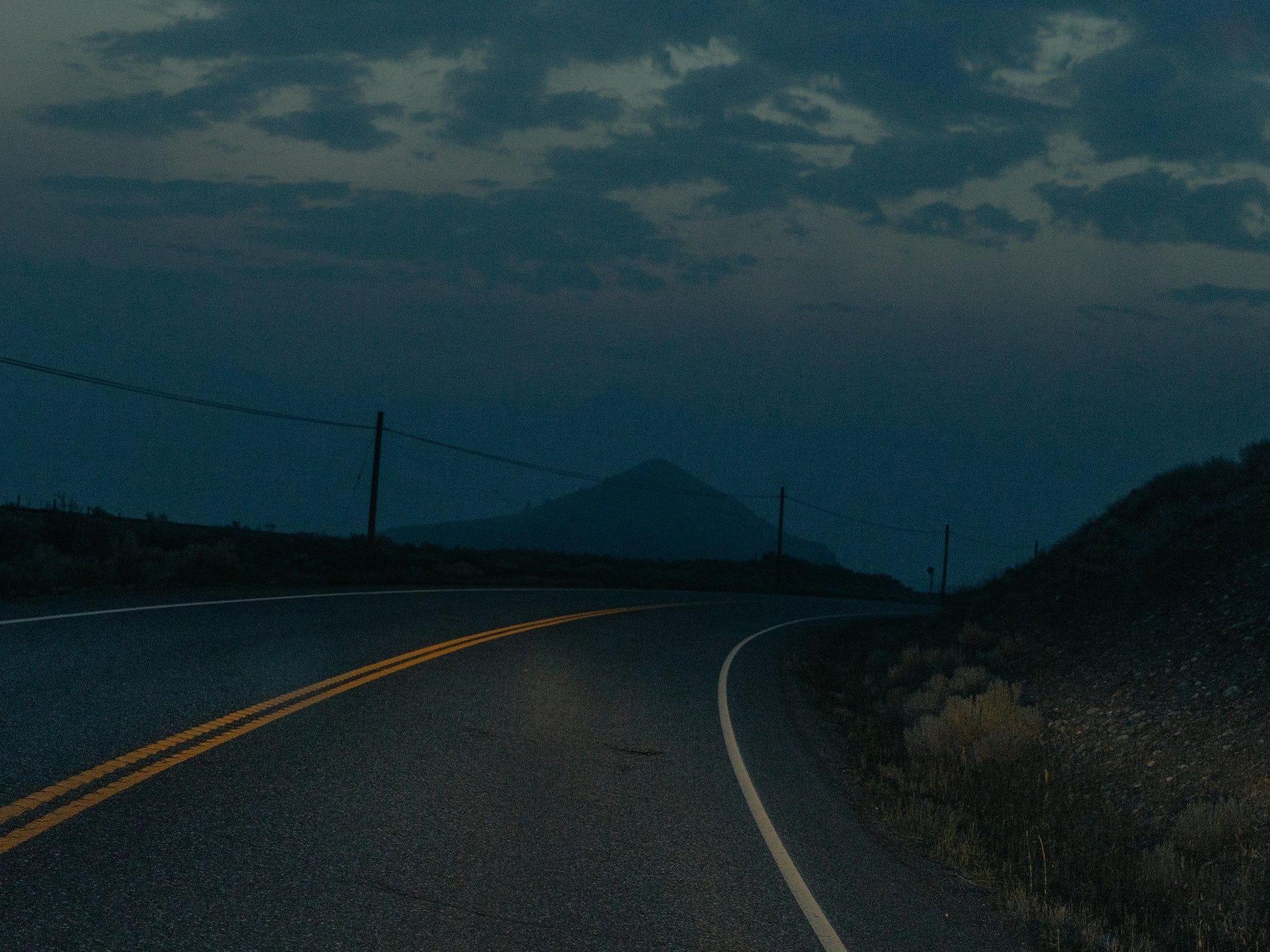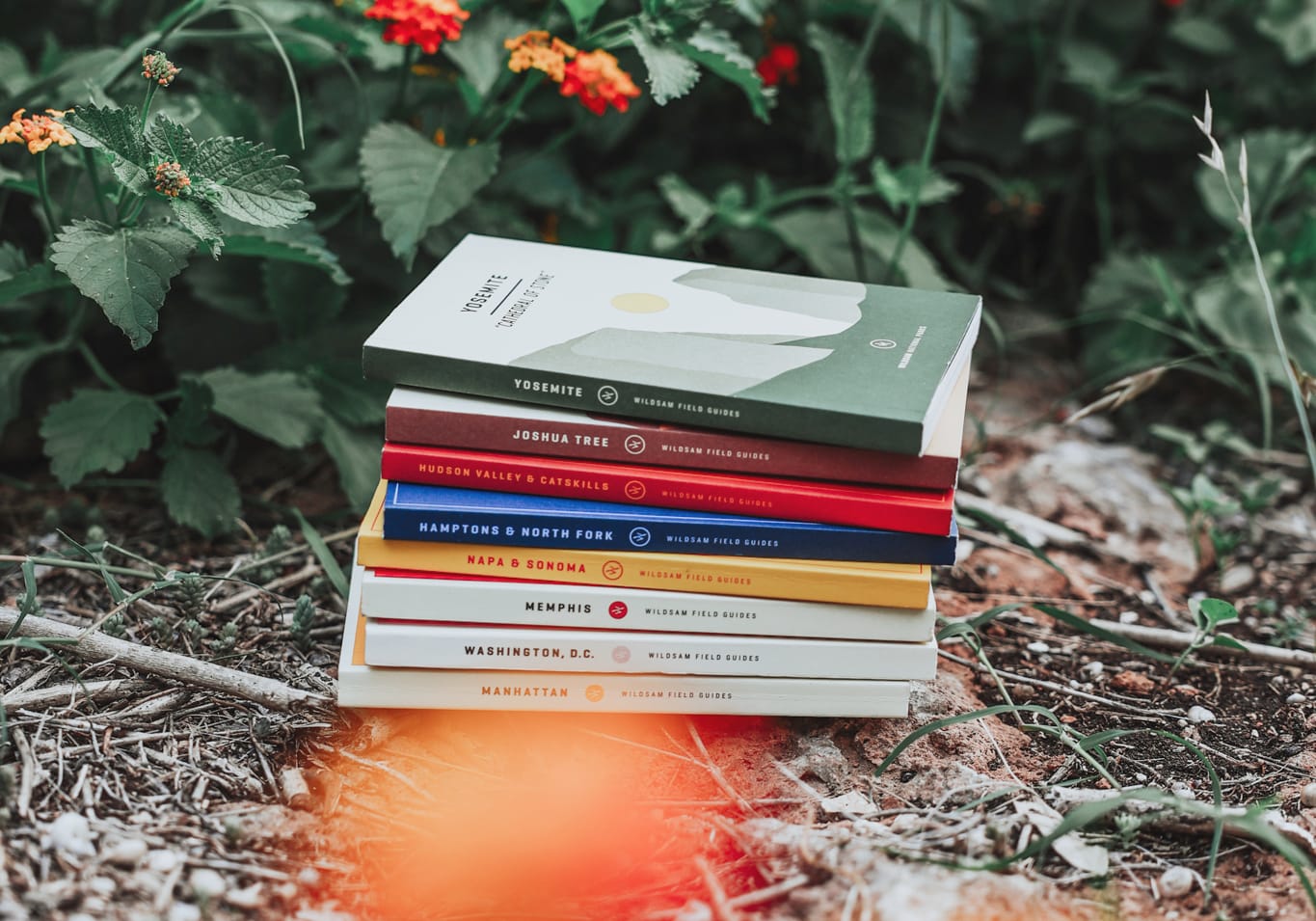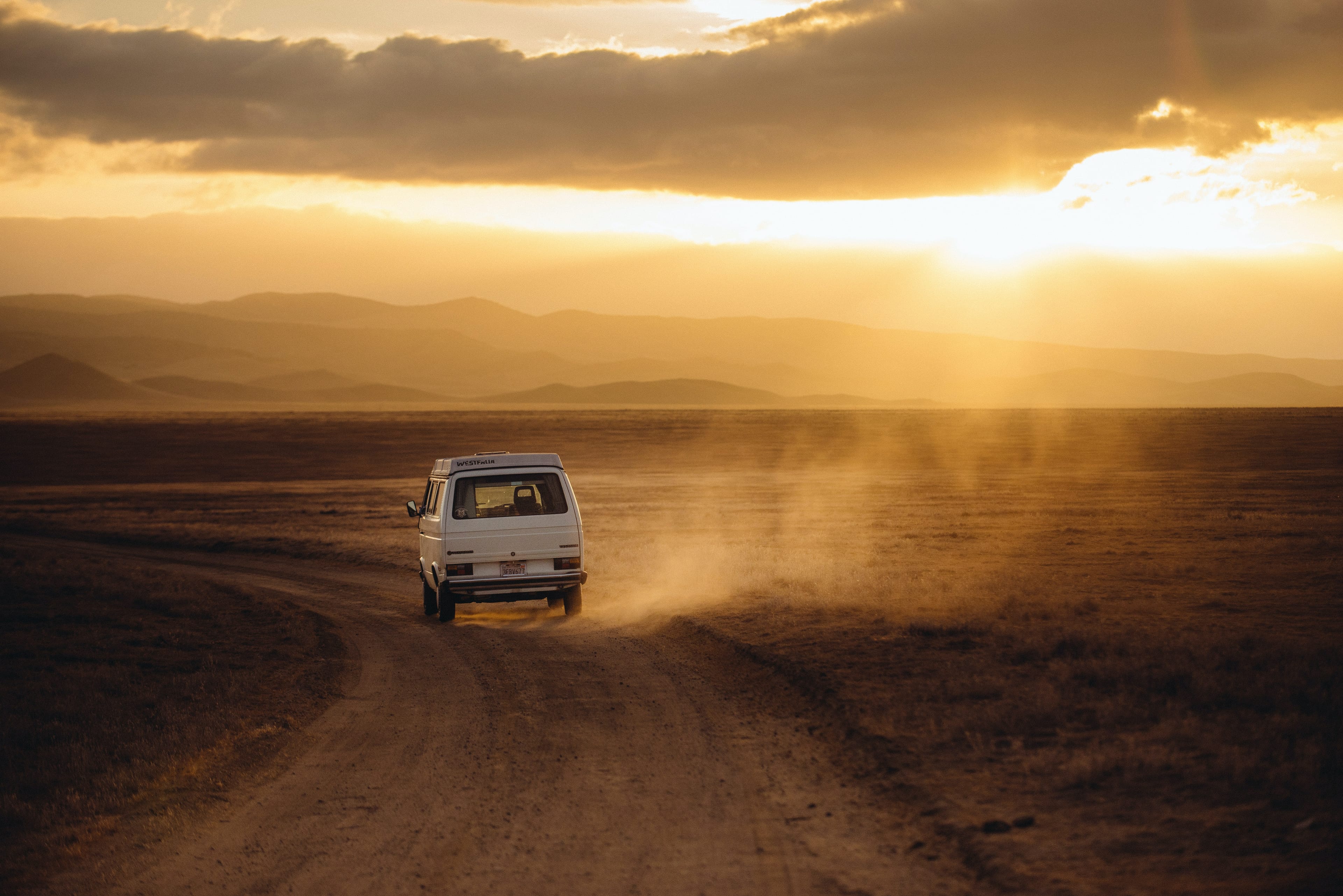WHY AMERICA’S GREATEST COLLEGE HOMECOMINGS ARE AT HBCUS
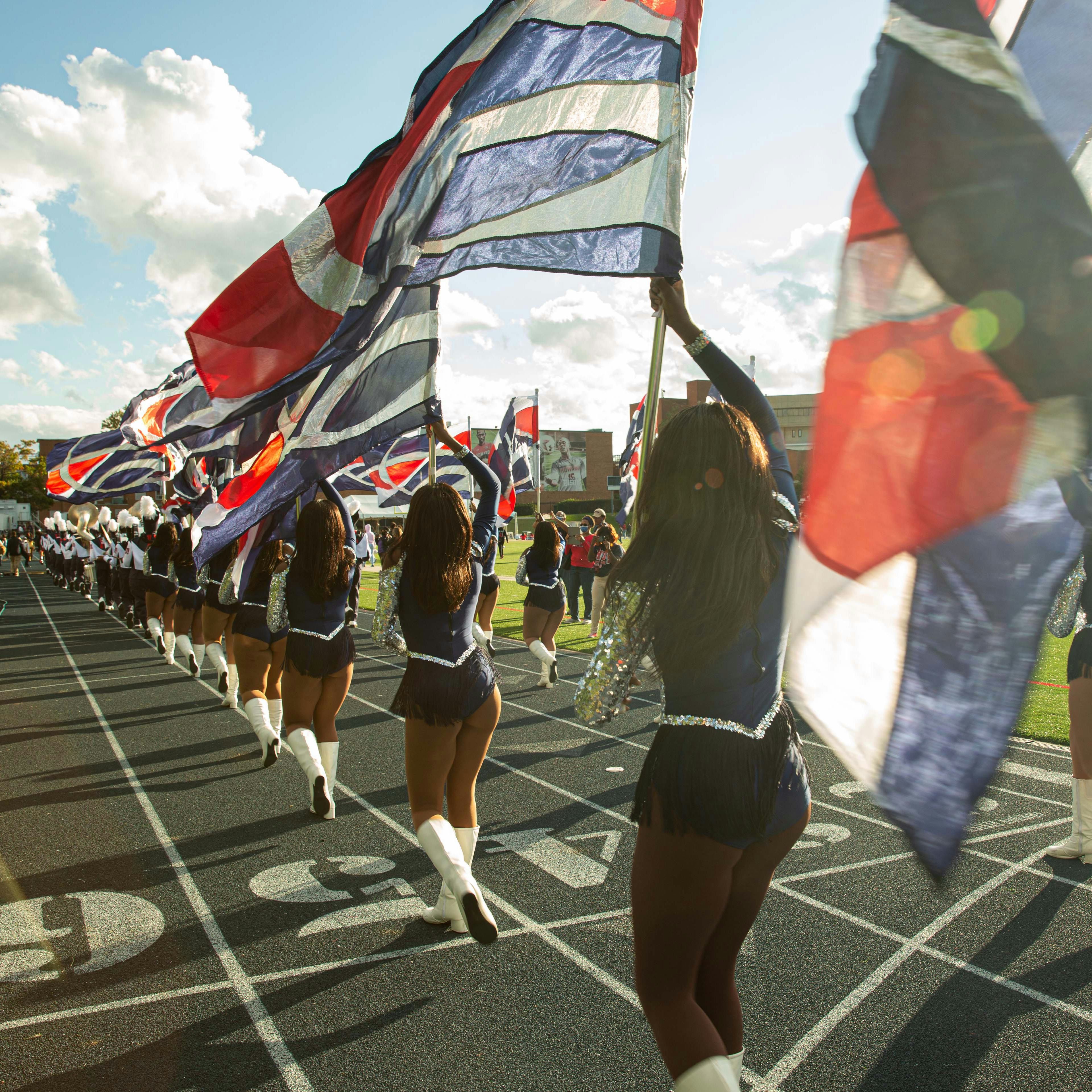
Kemi "TRUTHIS" Karim
Jackson State. Morehouse. Florida A&M. Grambling. Howard. HBCU homecomings are vibrant cultural celebrations like no other.
I was in the midst of my second swag surf of the day—or was it my third? As my closest college friends stood to my left and right, our arms wrapped around each other’s shoulders, swaying side to side, a thought popped into my mind: This might just be the best night of my life. Drinks were flowing. The vibe was right. But that wasn’t all.
There, in a posh Northwest Washington, D.C. nightclub in October 2017, we were celebrating a special occasion. It had been 10 years since the Class of ‘07 donned deep blue caps and gowns, threw our tassels to the side, and earned the most expensive sheet of paper we’ll ever own, with HOWARD UNIVERSITY calligraphied atop. It was homecoming, which, at Black schools like Howard, are the type of annual revelries that get circled on calendars across the country months in advance.
Every year between the late days of September and the weeks just before Thanksgiving, historically Black colleges and universities (HBCUs), located primarily in America’s Southern states, put on elaborate displays of school pride and fellowship, intended for current students and (especially) alumni, as well as unaffiliated folks looking to tap into this energy. College homecoming is an age-old national ritual, of course. But HBCU homecomings are distinct. The football games at Texas Southern University, Morehouse College, and Norfolk State University are hardly the sole draw—before (and after) Deion Sanders’ stint as head coach at Jackson State University, the Sonic Boom of the South was the star of the show. On these campuses, homecomings are full-blown cultural events. Band battles, student-organized step shows and vendors galore attract droves of attendees across generations and career heights. In a land that often feels oppressive, spaces of Black joy are sacred. Participants engage with HBCU homecomings accordingly.
My mom, a first-generation Bison, would speak longingly of her time at Howard. Since its founding in 1867—two years after the 13th Amendment abolished slavery—the school has been a beacon of Black excellence, yielding alumni like Phylicia Rashad, Kamala Harris, Thurgood Marshall and Ta-Nehisi Coates. Its students are also known to party as hard as they study. Howard Homecoming, which launched in 1924, has done much of the work in establishing that hard-earned reputation. I couldn’t quite grasp my mom’s nostalgia and alma mater praise, though. I was a New York City kid, ignorant of Southern culture and tradition apart from what I’d seen on BET’s “Rap City.” I was intrigued when I first heard the Notorious B.I.G. name-drop Howard Homecoming on “Kick in the Door,” yet not fully conscious of the depth of color and legacy that existed at an institution just a four-hour drive down I-95. When I was a freshman at Howard, that’s when I began to understand, when the awe settled in.
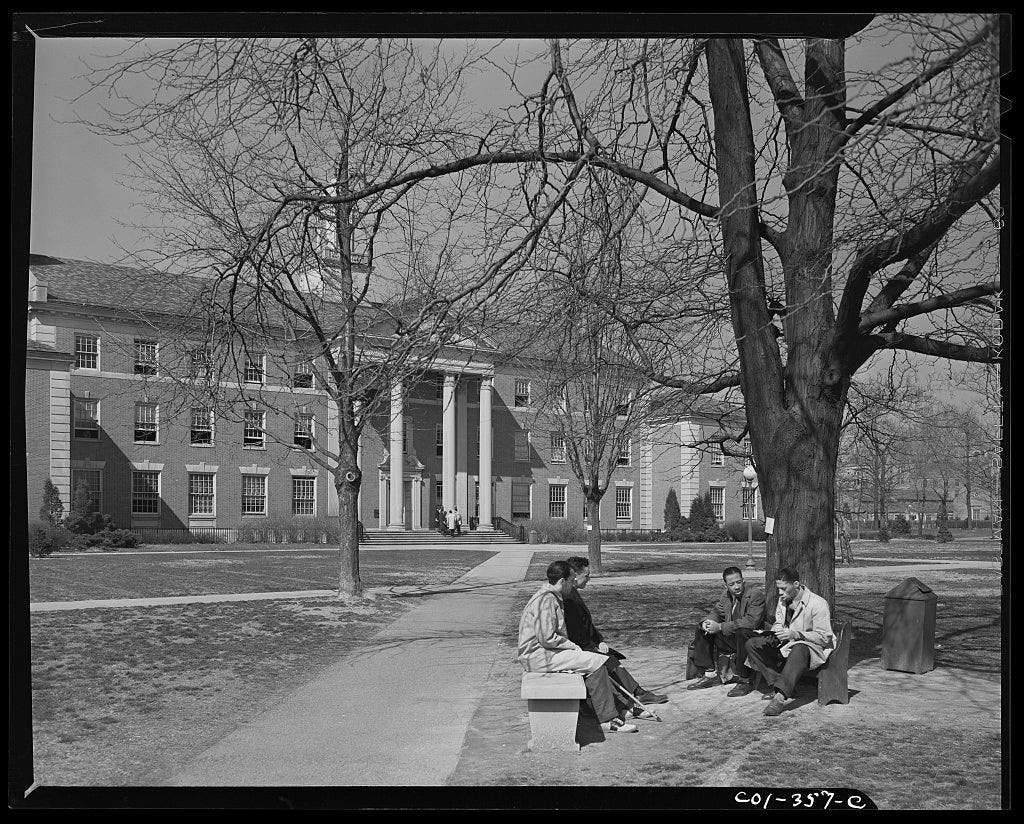
That first year on campus, I experienced homecoming in all its splendor. I watched Black Greek neos and OGs congregate on the historic sites where their organizations were founded. Sorors glided in sync in their pink and green or crimson and cream. Men of all ages shouted and stomped and barked in purple-and-gold regalia, “Atomic Dog” blaring in the background. The annual parade saw Howard’s Showtime Marching Band and Ooh-La-La! dancers strut down Georgia Avenue to the beat of their own drums, as local residents and homecoming guests watched with admiration. Then there was Yardfest, the free concert that takes place on Howard’s main quadrangle every year. Nelly, a pre-stardom Kanye and others performed there for my first one, in 2003. DMX, Jay-Z, Wale and Drake rocked the stage in the years before and after.
With its influx of visitors and surge-priced admission fees at clubs and lounges, Chocolate City comes to life during Howard Homecoming. I didn’t know what I’d signed up for, but I’m a fast learner. And I just as quickly adopted the HBCU custom of championing your own school’s homecoming as the greatest one, and arguing down anyone who disagrees. (Reminder: You can’t spell “hubris” without H-U.)
Howard Homecoming has evolved since I graduated from college. Tailgate, launched the following year, in 2008, has become a must-attend event in a large lot near campus. There’s a bar crawl, a block party, several brunches and programming for the 30-plus crowd (affectionately dubbed Old Howard). These updates seem to align with the explosion of social media in the past decade; people want to see and be seen more than ever. Homecoming offers plenty of supply for that demand.
The lineup changes were mirrored by shifts in my own life. As the length of time since my dorm days widened, I advanced in my career, toasted to big wins and endured crushing losses. Through it all, Howard Homecoming has remained, only I no longer perceive it as I had all those years ago, as a wide-eyed teenager. The undisputed, No. 1, best-of-the-best homecoming has taken on a whole new personal significance.
“ “I was intrigued when I first heard the Notorious B.I.G. name-drop Howard Homecoming on ‘Kick in the Door,’ yet not fully conscious of the depth of color and legacy that existed at an institution just a four-hour drive down I-95.” ”
That aforementioned D.C. night, when I celebrated a full decade of student loan payments, proved pivotal. There was something in the air besides hookah smoke and the sweet aroma of victory (the home team had dominated our Morgan State University rivals on the gridiron earlier in the day). I’d soon identify the night’s essence as finality. That moment marked the last time I’d party with my best friend and college roommate, Rahson, the straight-edged, Virginia-bred major in the Air Force who, in less than two months’ time, received a sudden and much-unexpected diagnosis.
The C-Word. Stage 4. For me, hospital and home visits had replaced homecoming, which took on a tang so bittersweet I could not bring myself to return to Howard. I suppose it always feels too soon when you start losing former classmates—not to school transfers, financial strain, or poor grades, but instead failing physical or mental health. Rahson battled for two years before gaining his wings in December 2019. But life goes on. Or at least that’s what I thought.
Some months after that loss saw the emergence of another C-Word—coronavirus—which reshaped society as we know it. Just like that, two more years of in-person homecoming festivities were canceled. It started to feel like I’d never swag surf at The Mecca again.
Quarantine left me starved for connection, so 2022 marked a return to action. I decided to do homecoming differently, though, driven by a mindset of presence and gratitude. Sure, I was there to hit an Electric Slide somewhere, see which celebrities were in town, and rock the hell out of some school merch, but my M.O. was more focused on spreading love and giving props. It was about volleying back a compliment with “I’m tryin’ to get like you!” It felt like a personal quest to really, really check in with folks. To remind my favorite people that they’re my favorite people, even if I only see them once a year, or less. I realized any moment with any one person could be my last.
That mindfulness extended to exploring the world beyond Howard’s outer limits. Blame it on academics or extracurriculars or being too immersed in campus happenings—whatever the reason. As an undergrad, I lacked the motivation or wherewithal to truly venture out into the DMV. (That’s District, Maryland, Virginia–the D.C. metro area.) I took the region for granted, so I set out to change that. Yes, while I studied in D.C., I visited the National Zoo, saw the monuments honoring dead presidents, and explored, like, one of the District’s ample Smithsonian museums. I ate footlong pizza slices in Adams Morgan and bused to nearby Chinatown to watch the Gilbert Arenas-era Washington Wizards. Yet as a student, I missed out on many of the city’s nooks and crannies. I never snapped my fingers to spoken word at Busboys and Poets, never walked the Georgetown grounds where The Answer and The Hoya Destroya were once basketball gods, never made like the Blackbyrds and did “it” after dark at Rock Creek Park. If you have not eaten at Ben’s Chilli Bowl, did you even D.C., bro?
I now realize this annual pilgrimage marks a return to the home I hardly knew, a city whose signature haunts, in some instances, have vanished due to gentrification. Hopping on a train from New York City to the nation’s capital—and appreciating all of the autumnal countryside and metropolitan skylines in between—is the perfect opportunity to make up for lost time.
So next time, I’ll wear Bison merch at the football game and suit up with my washed-up peers for the Old Howard Gala. I’ll pour out some mystery juice from a Dixie cup for those no longer with us. And, yeah, I’m still gonna flex on rival HBCU grads when the topic of best homecoming arises—some things never change. But I’ll also pad my trip with time away from campus to amble through the city. I’ll give tighter hugs and a garden’s worth of flowers to the people I love. Because deep down, I know the biggest flex of all is merely being there.
About the author
John Kennedy
John Kennedy is Editor-in-Chief of LEVEL, a media brand dedicated to grown Black men. He’s written for Vulture, Complex, Billboard, Ebony, Vibe, and XXL. John currently lives in Atlanta.
John Kennedy is Editor-in-Chief of LEVEL, a media brand dedicated to grown Black men. He’s written for Vulture, Complex, Billboard, Ebony, Vibe, and XXL. John currently lives in Atlanta.
Read more like this

